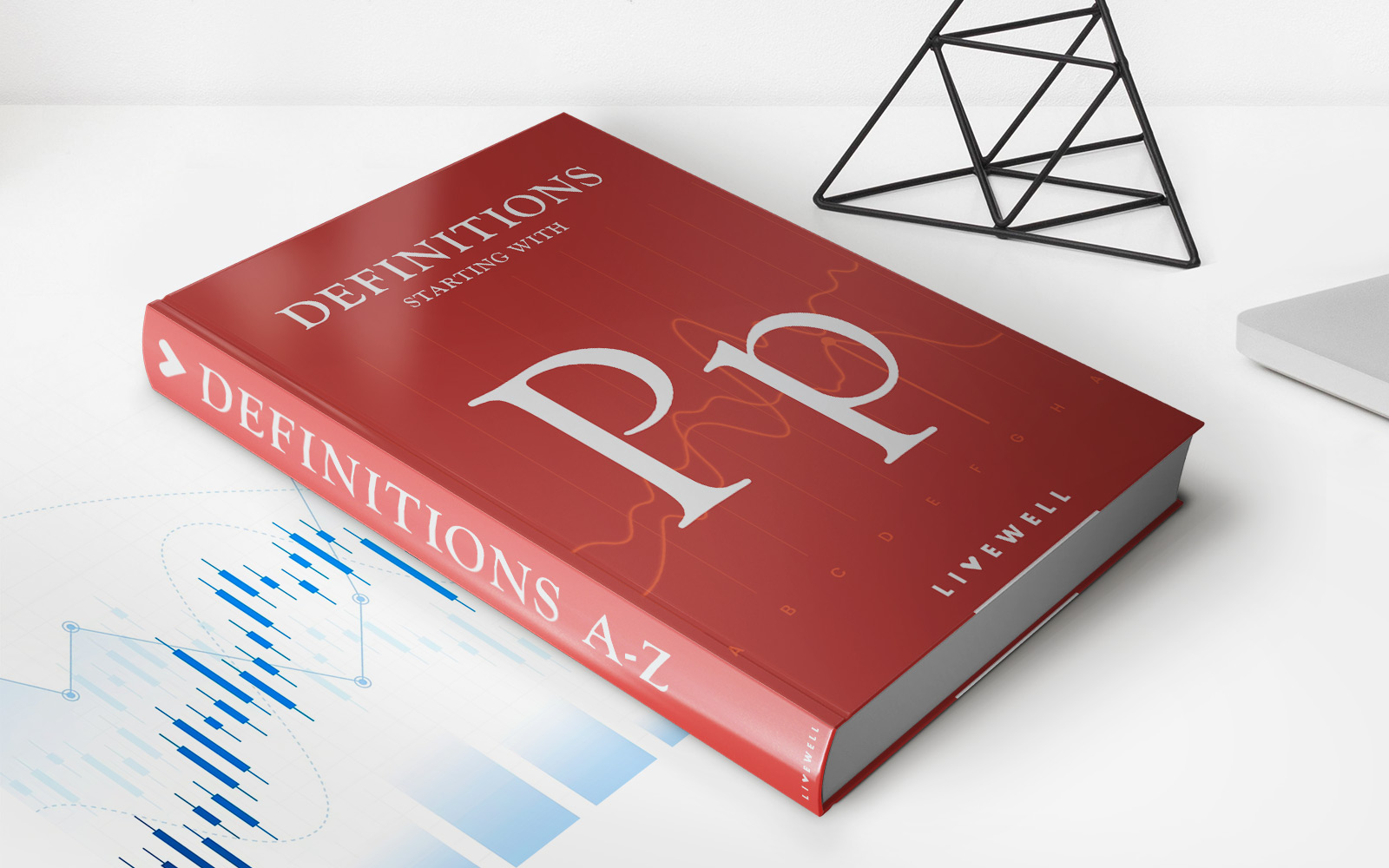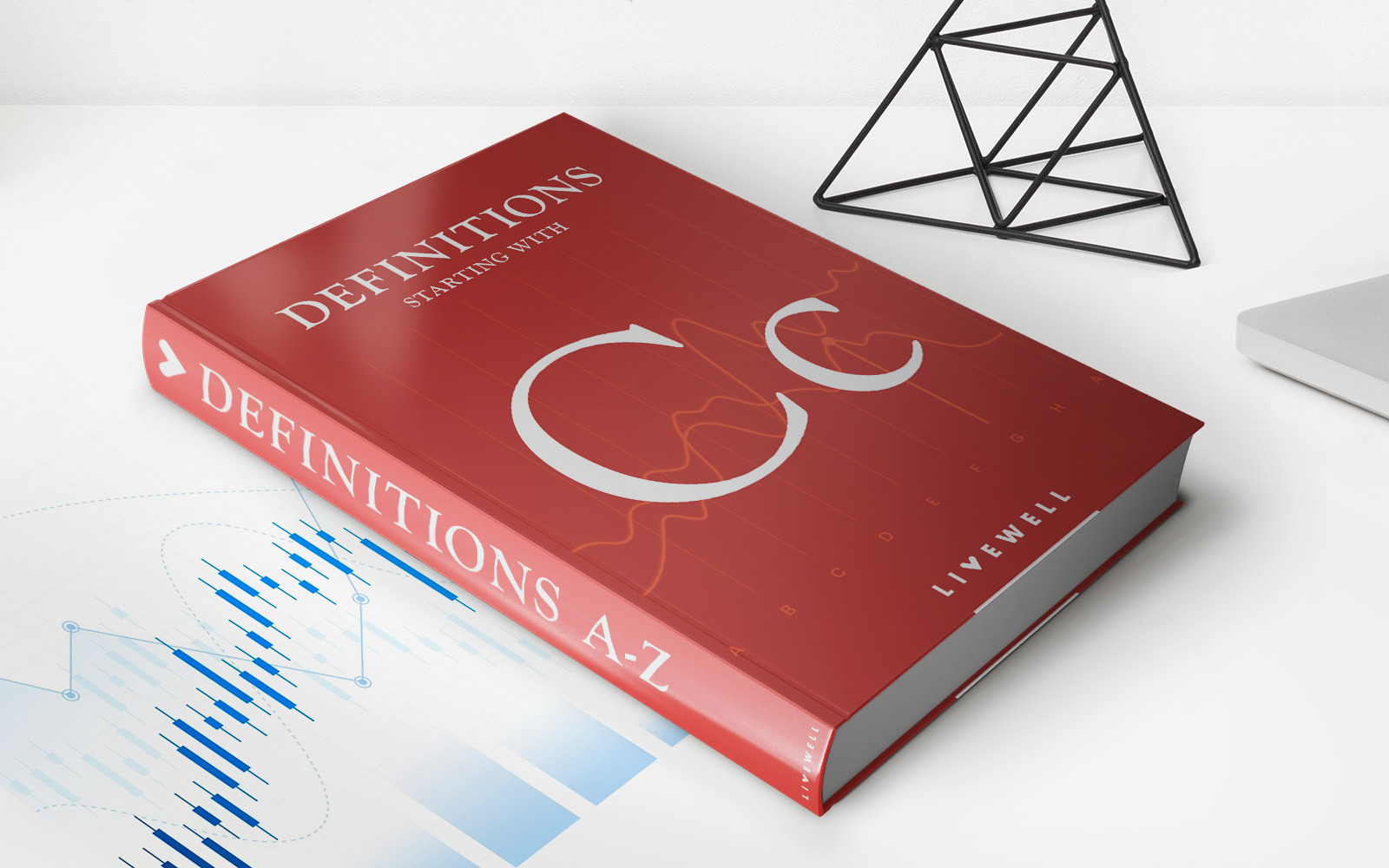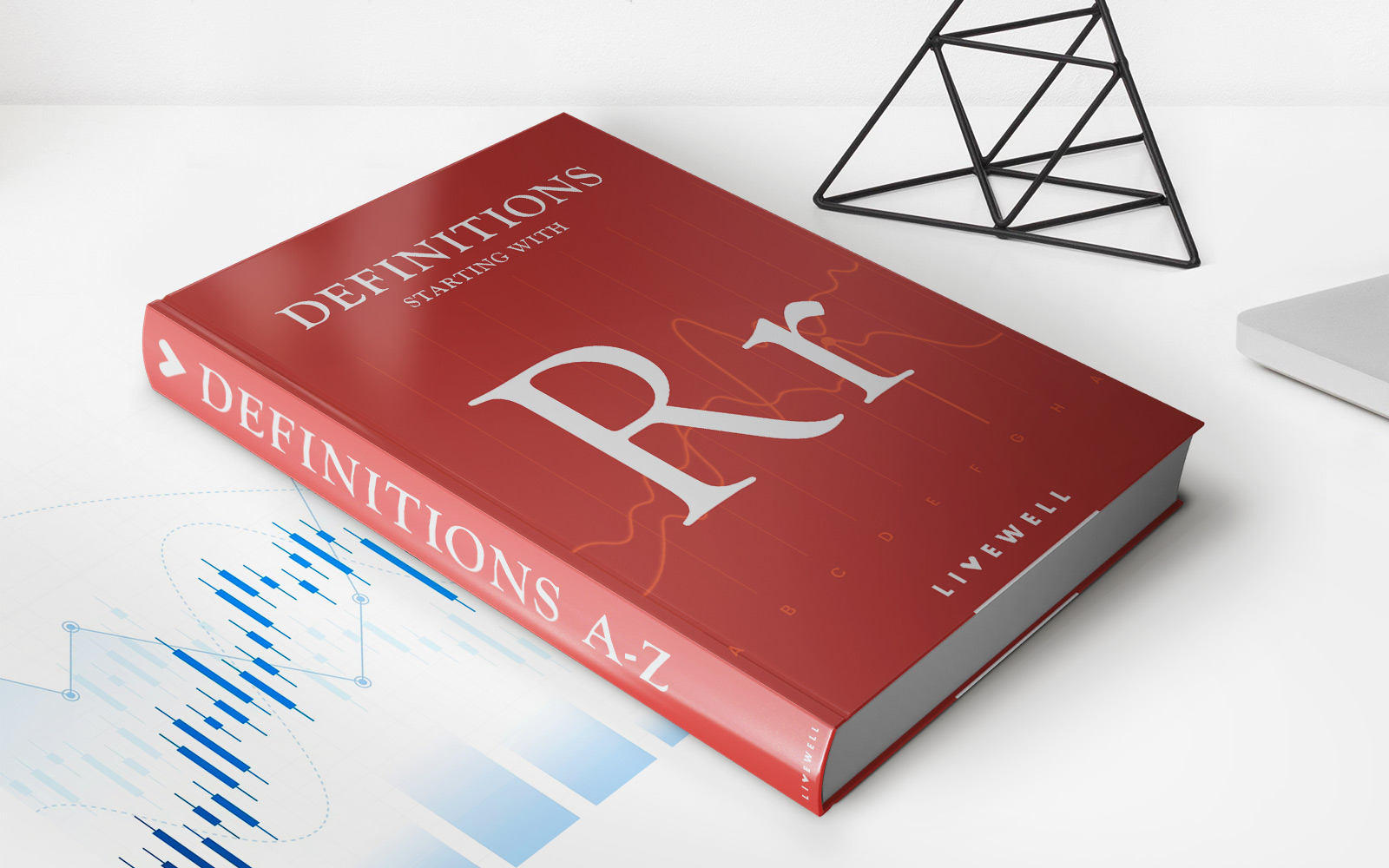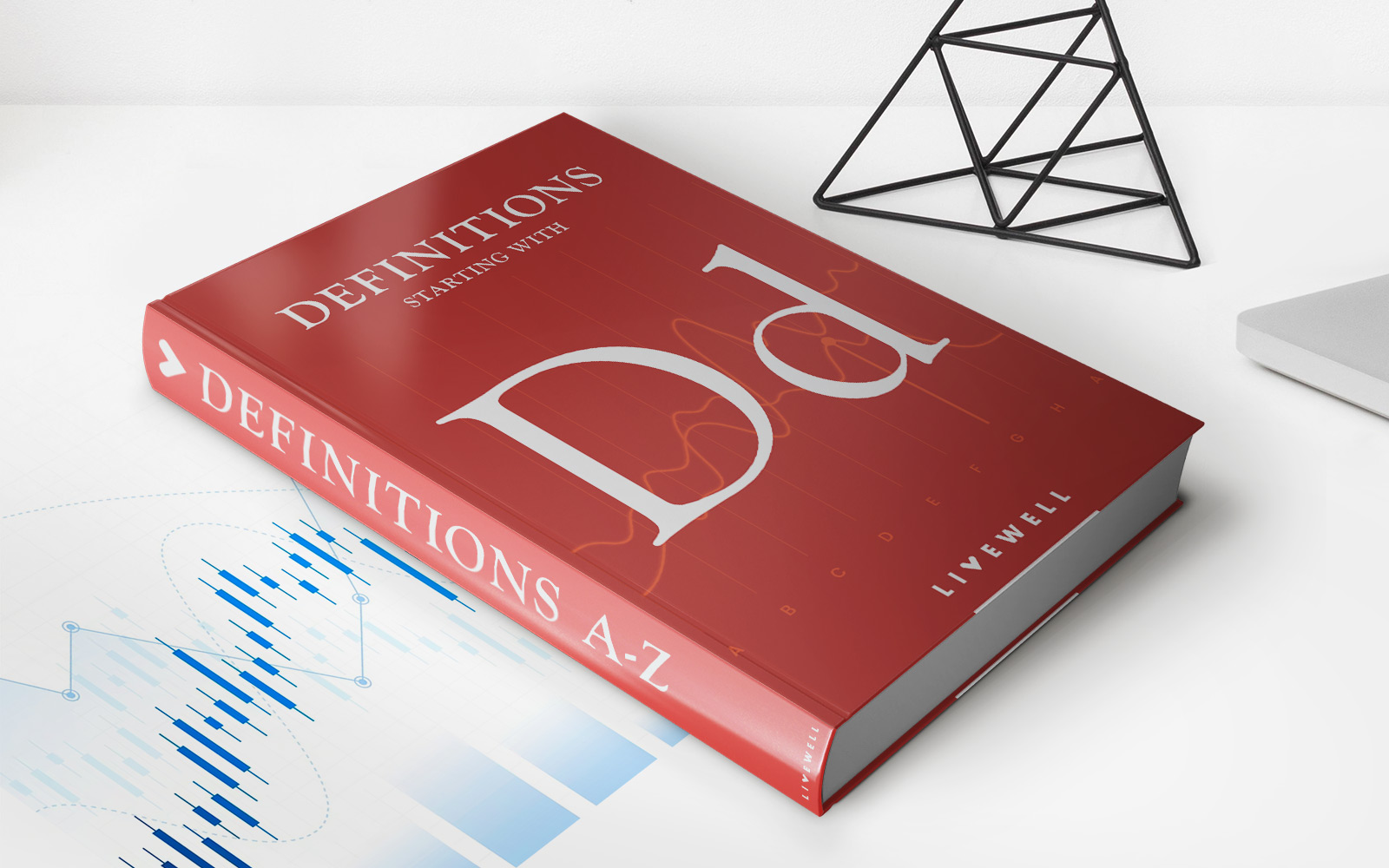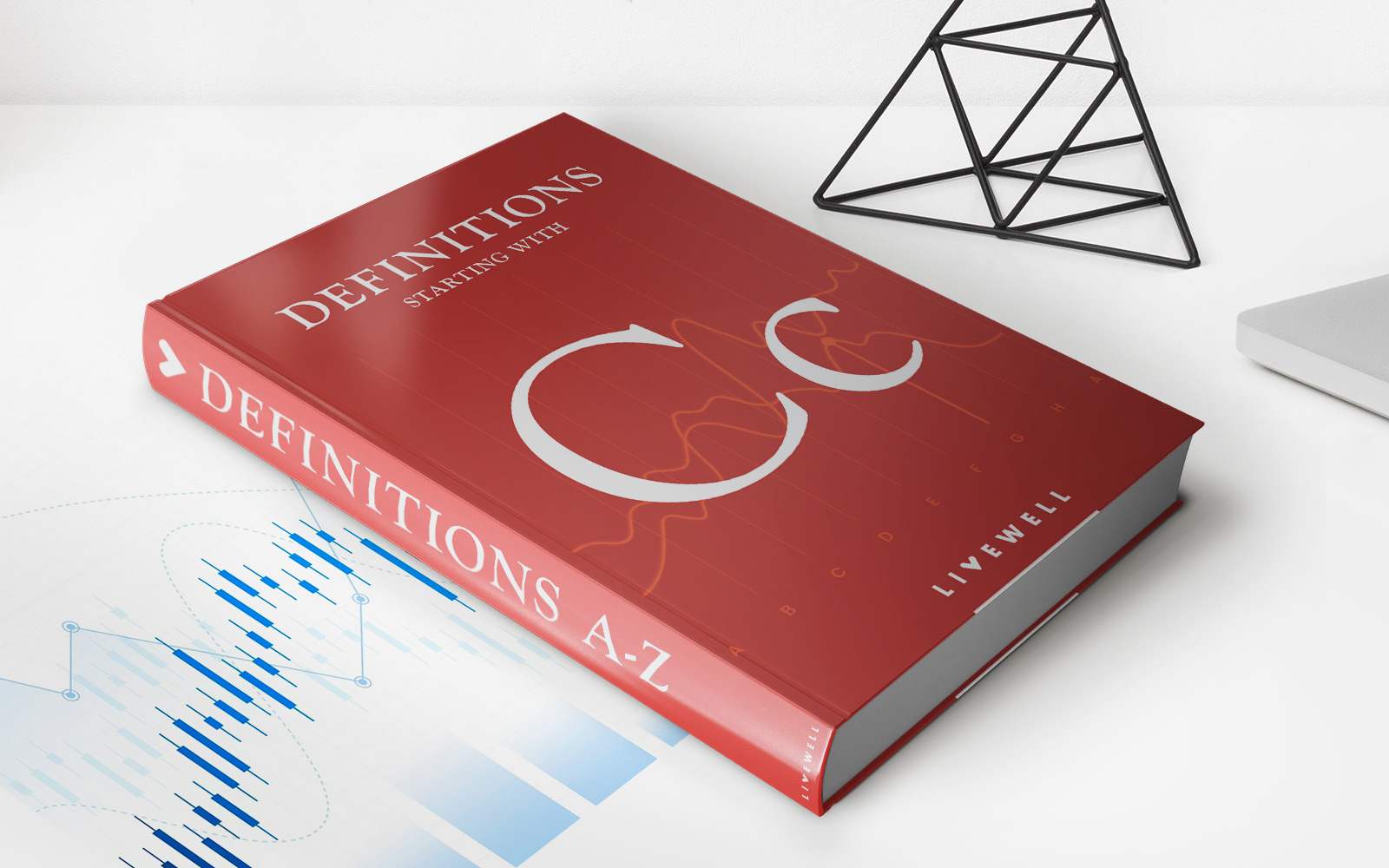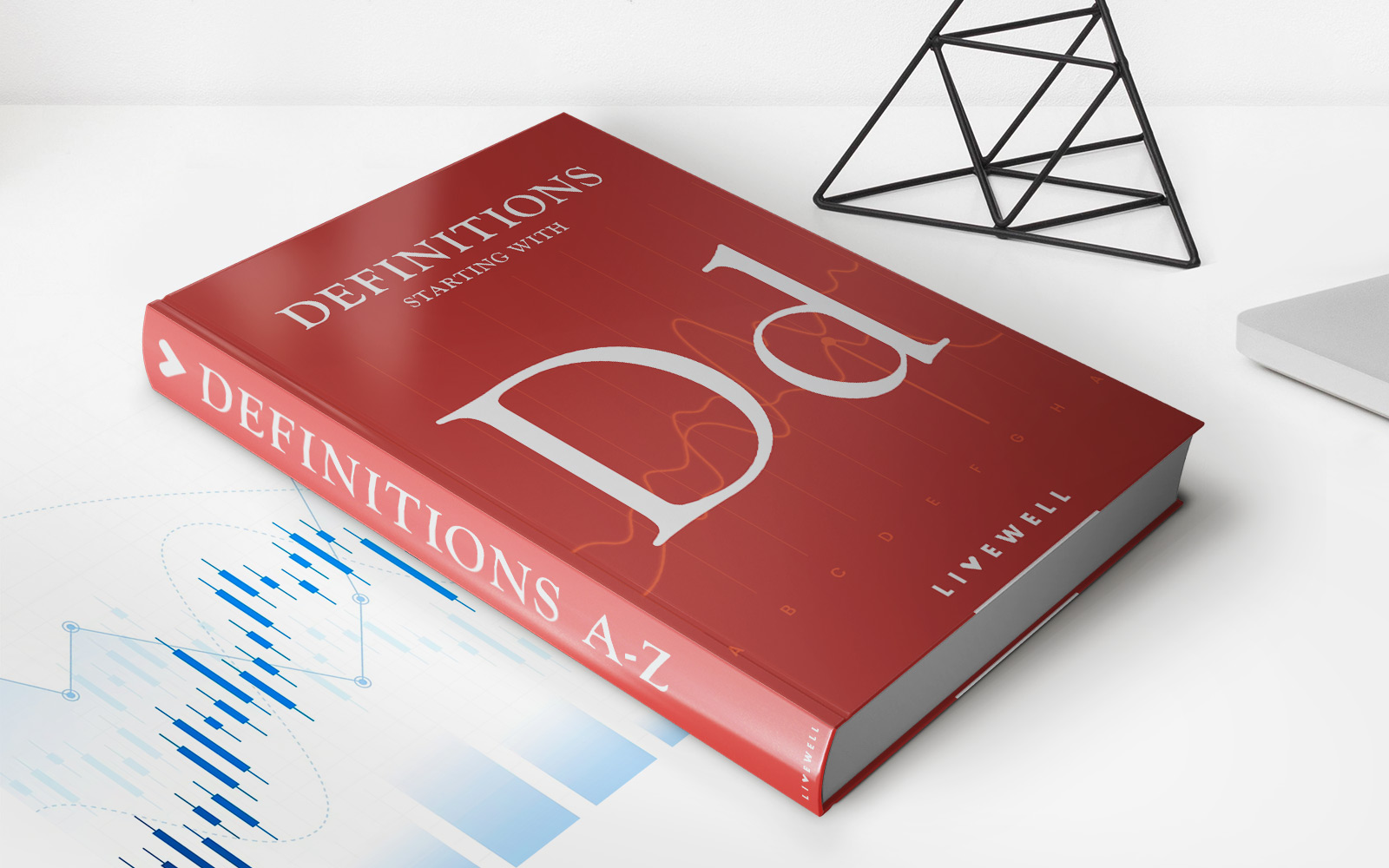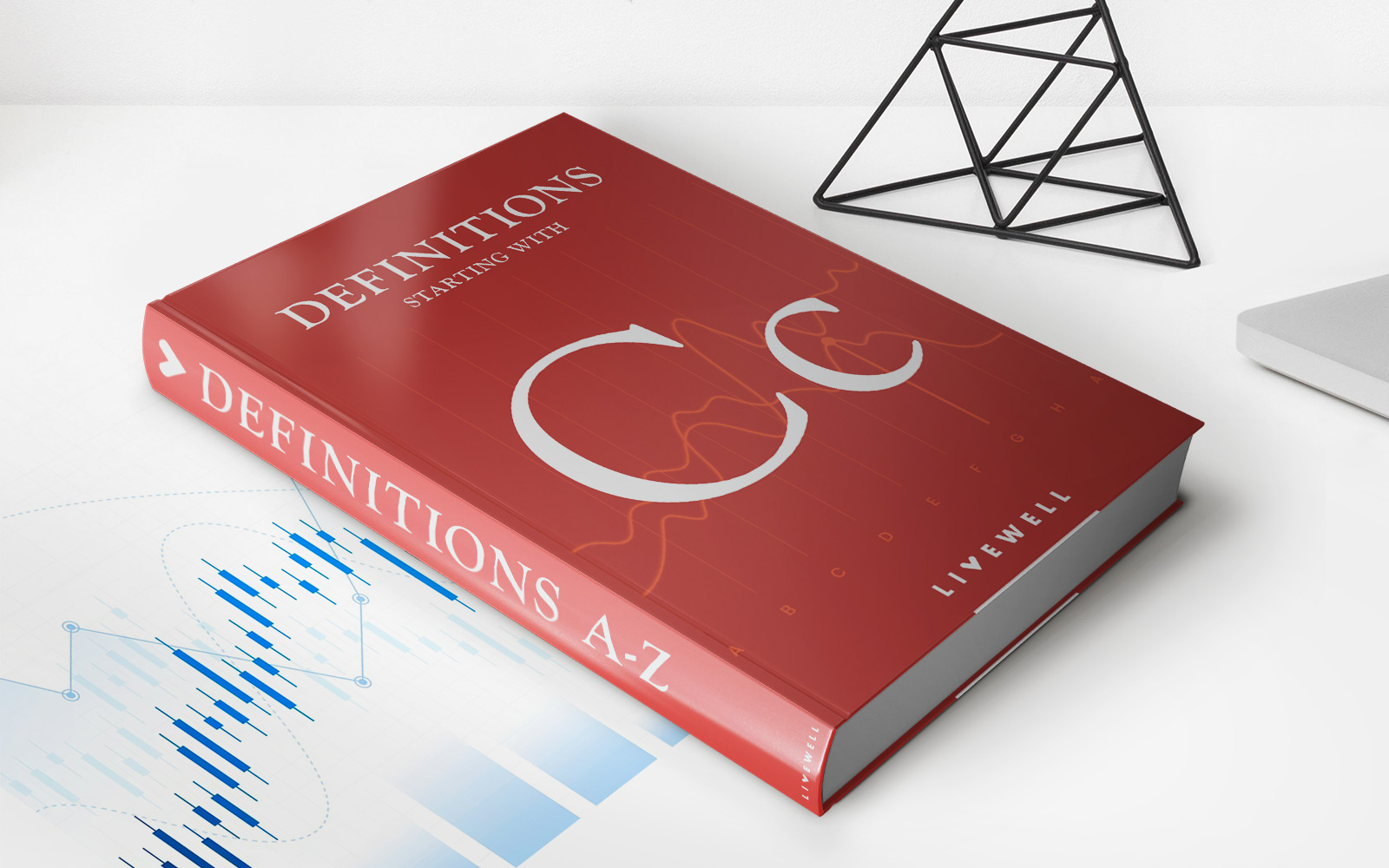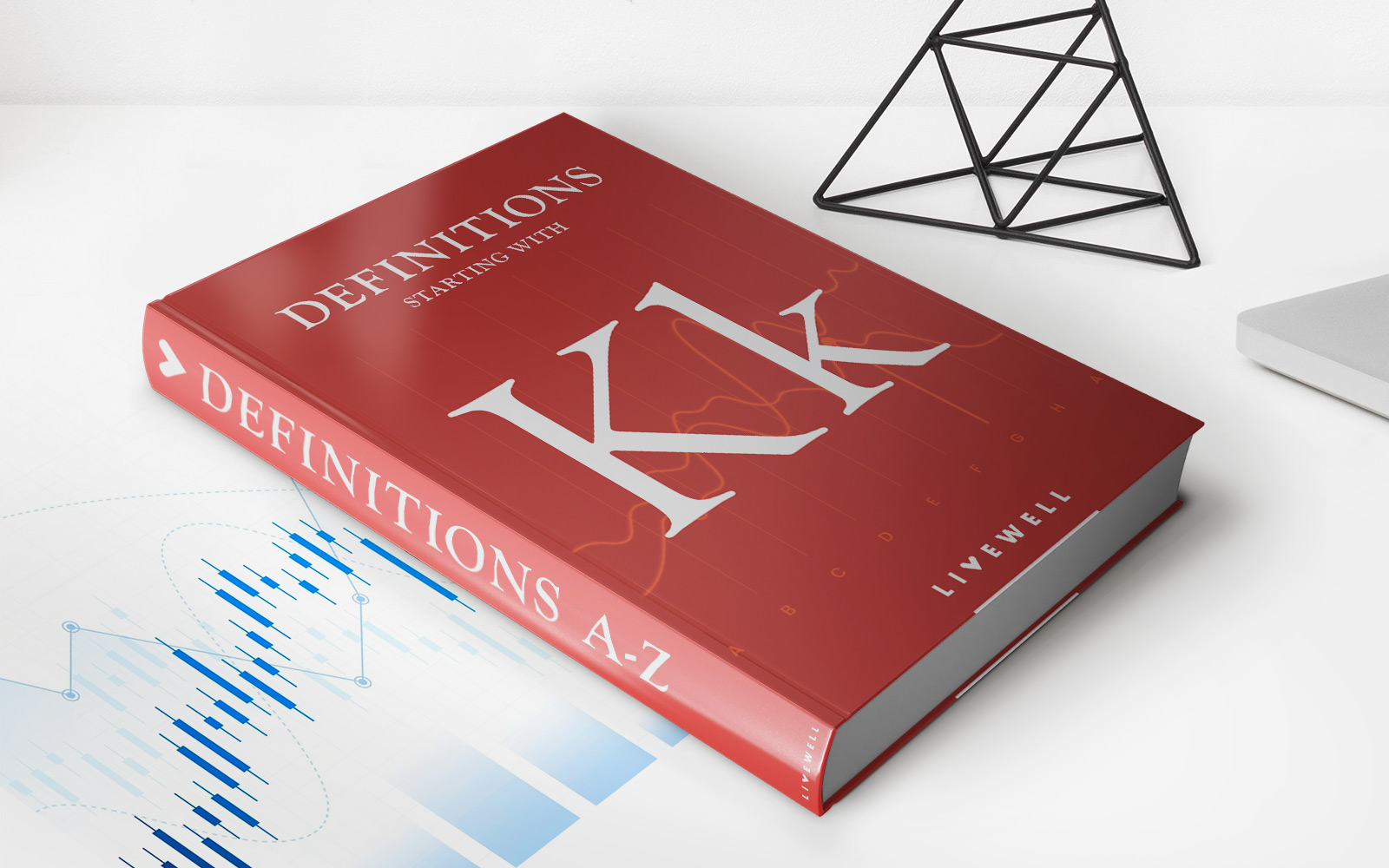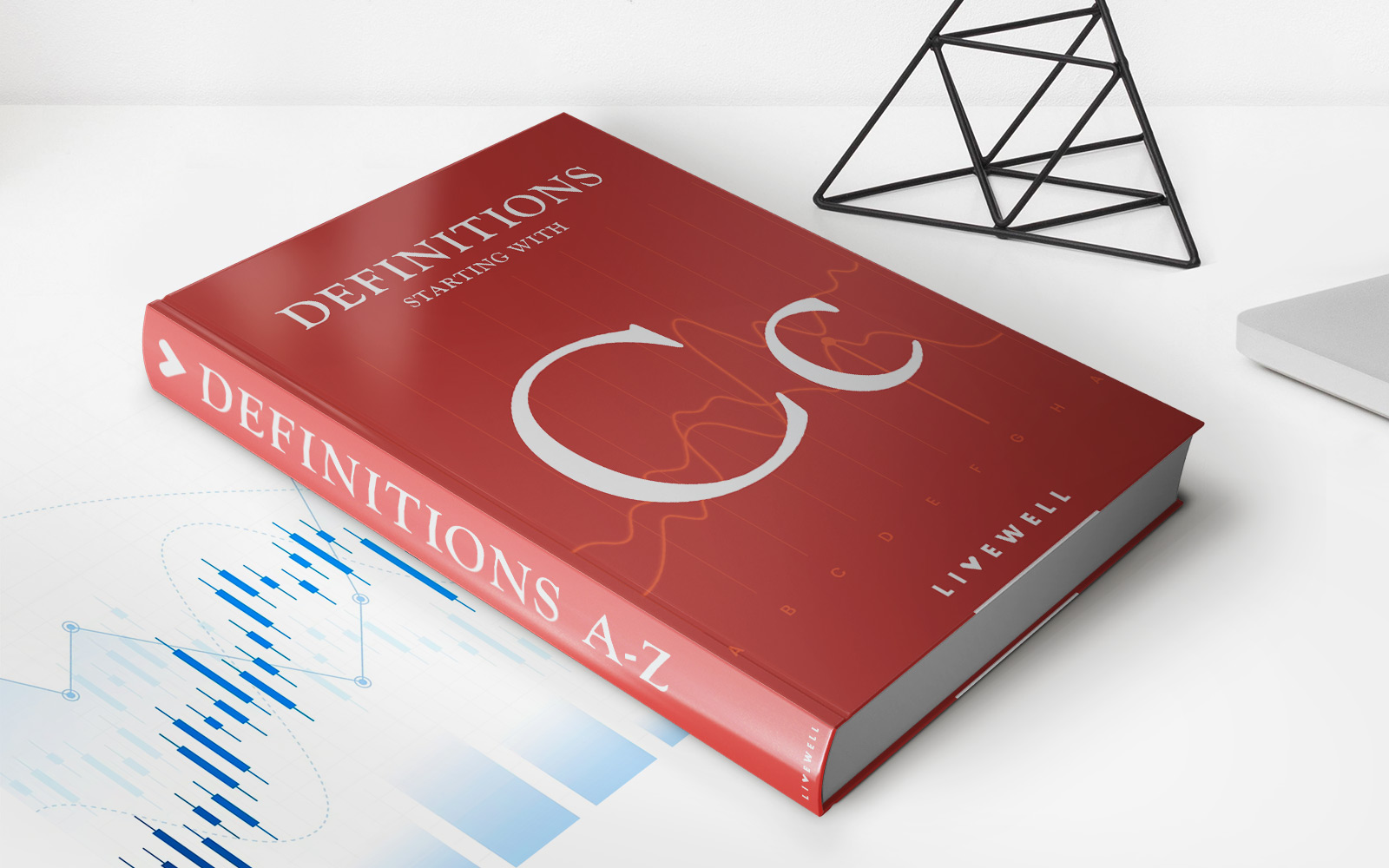Home>Finance>Commodity Research Bureau Index (CRBI): Definition And Weightings
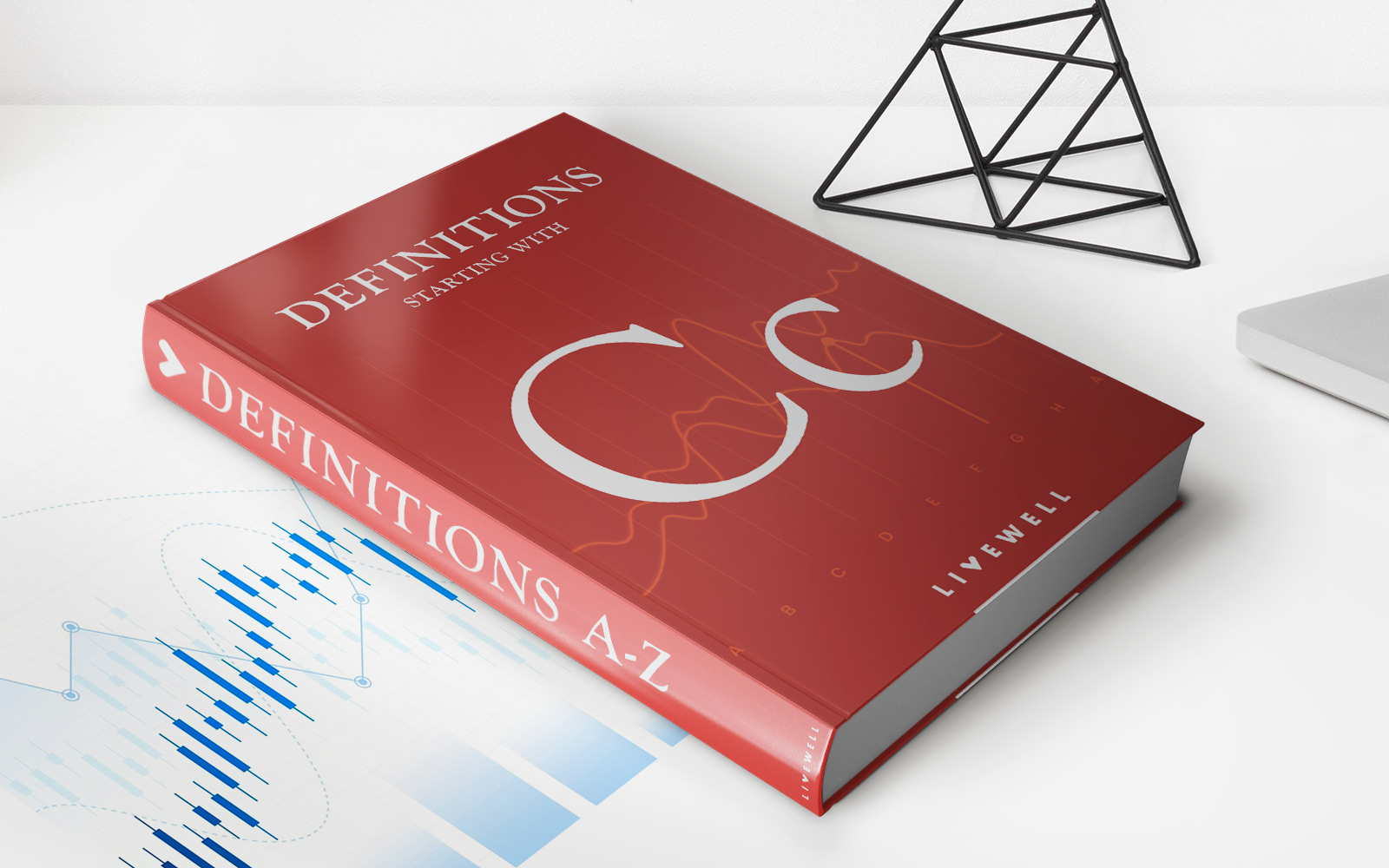

Finance
Commodity Research Bureau Index (CRBI): Definition And Weightings
Published: October 30, 2023
Learn about the Commodity Research Bureau Index (CRBI) - its definition, weightings, and how it relates to finance. Understand the significance of this finance indicator.
(Many of the links in this article redirect to a specific reviewed product. Your purchase of these products through affiliate links helps to generate commission for LiveWell, at no extra cost. Learn more)
Understanding the Commodity Research Bureau Index (CRBI)
When it comes to navigating the world of finance, it’s important to have a solid understanding of various financial indexes and how they impact different markets. One such index that holds significant importance is the Commodity Research Bureau Index (CRBI).
The CRBI is a widely recognized measure of price movements in the commodities market. It serves as a benchmark for tracking changes in the prices of a diverse range of commodities, including metals, agricultural products, energy, and more. Understanding the CRBI is essential for investors, traders, and anyone interested in gaining insights into commodity trends and market movements.
Key Takeaways:
- The Commodity Research Bureau Index (CRBI) is a prominent financial index that tracks price movements in the commodities market.
- It serves as a benchmark for monitoring changes in commodity prices across various sectors, including energy, metals, and agricultural products.
So, what exactly is the CRBI and how does it work?
At its core, the CRBI is a balanced price-weighted index. This means that each commodity within the index is assigned a specific weight based on its relative significance in the overall commodities market. The prices of these commodities are then aggregated to calculate the index’s value.
While the index covers a broad spectrum of commodities, it is important to note that not all commodities are given equal weight in the CRBI. For instance, commonly traded commodities such as oil and gold have higher weightings due to their economic significance. This ensures that the index reflects the overall performance of the commodities market accurately.
The CRBI is widely used as a vital tool by traders, investors, and industry experts to analyze market trends and make informed decisions. It offers valuable insights into commodity price movements and can help identify potential opportunities and risks in the market.
Key Takeaways:
- The CRBI is a balanced price-weighted index that assigns weights to individual commodities based on their relative significance in the market.
- Not all commodities within the index have the same weight, with commonly traded commodities having higher weights due to their economic importance.
In conclusion, the Commodity Research Bureau Index (CRBI) plays a significant role in tracking price movements in the commodities market. Understanding its definition and weightings allows investors and traders to gain insights into commodity trends and market performance, helping them make informed decisions and stay ahead in the ever-changing world of finance.
So, whether you’re an individual looking to diversify your investment portfolio or a finance professional aiming to stay updated on the commodities market, familiarizing yourself with the CRBI is a valuable step towards achieving your financial goals.
